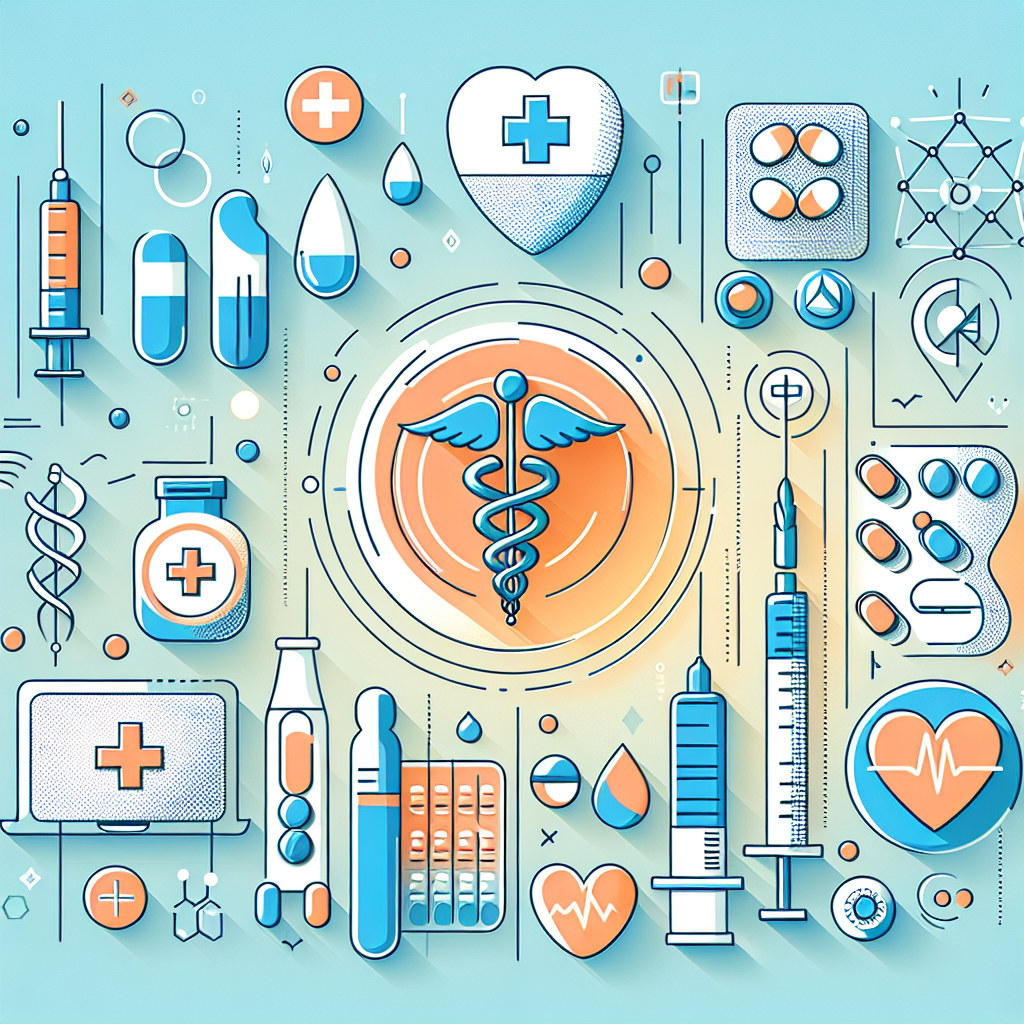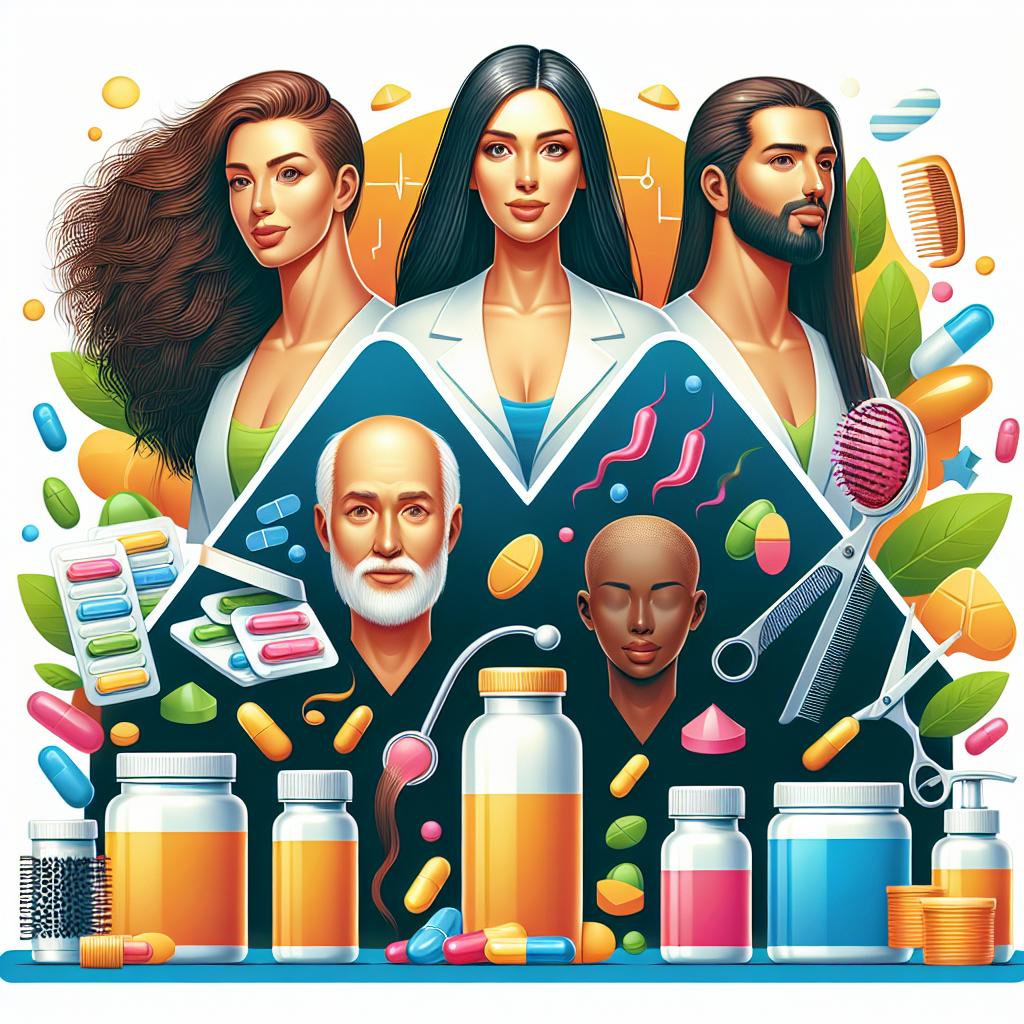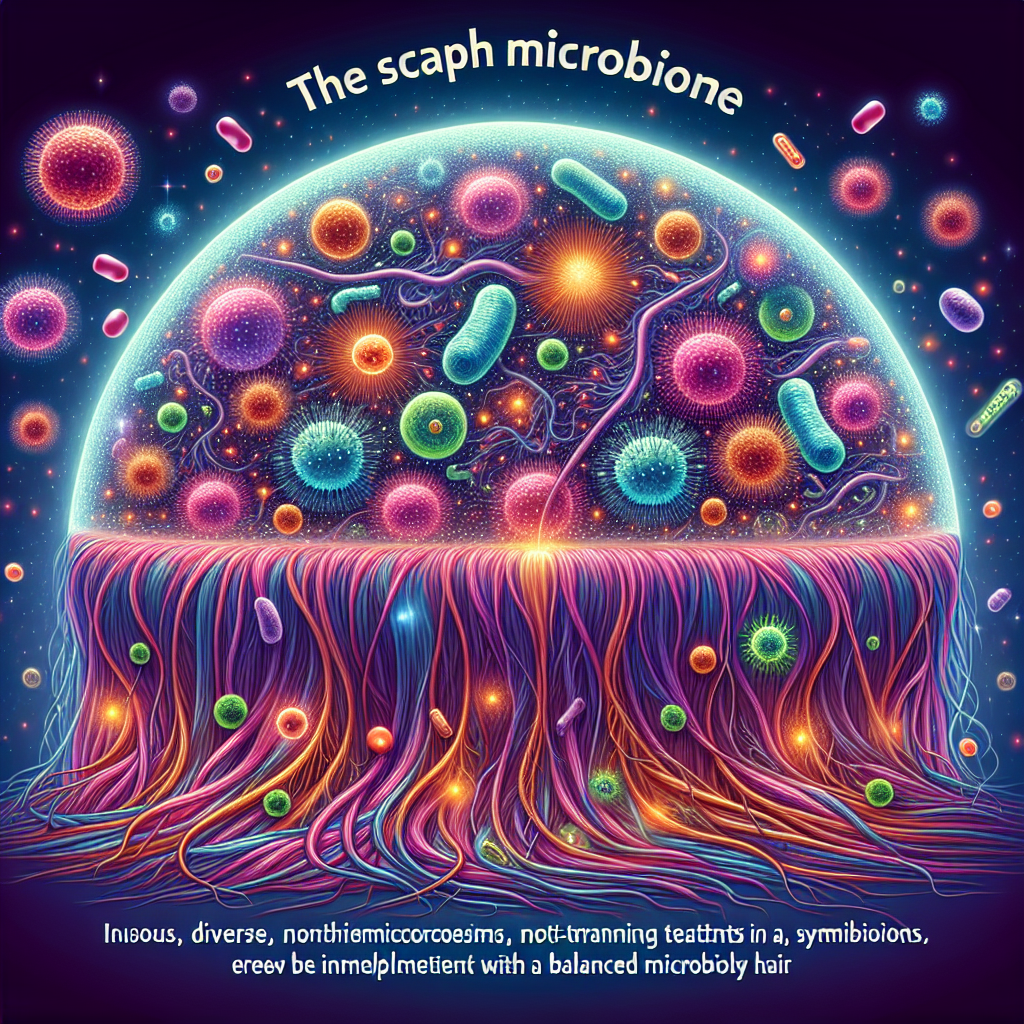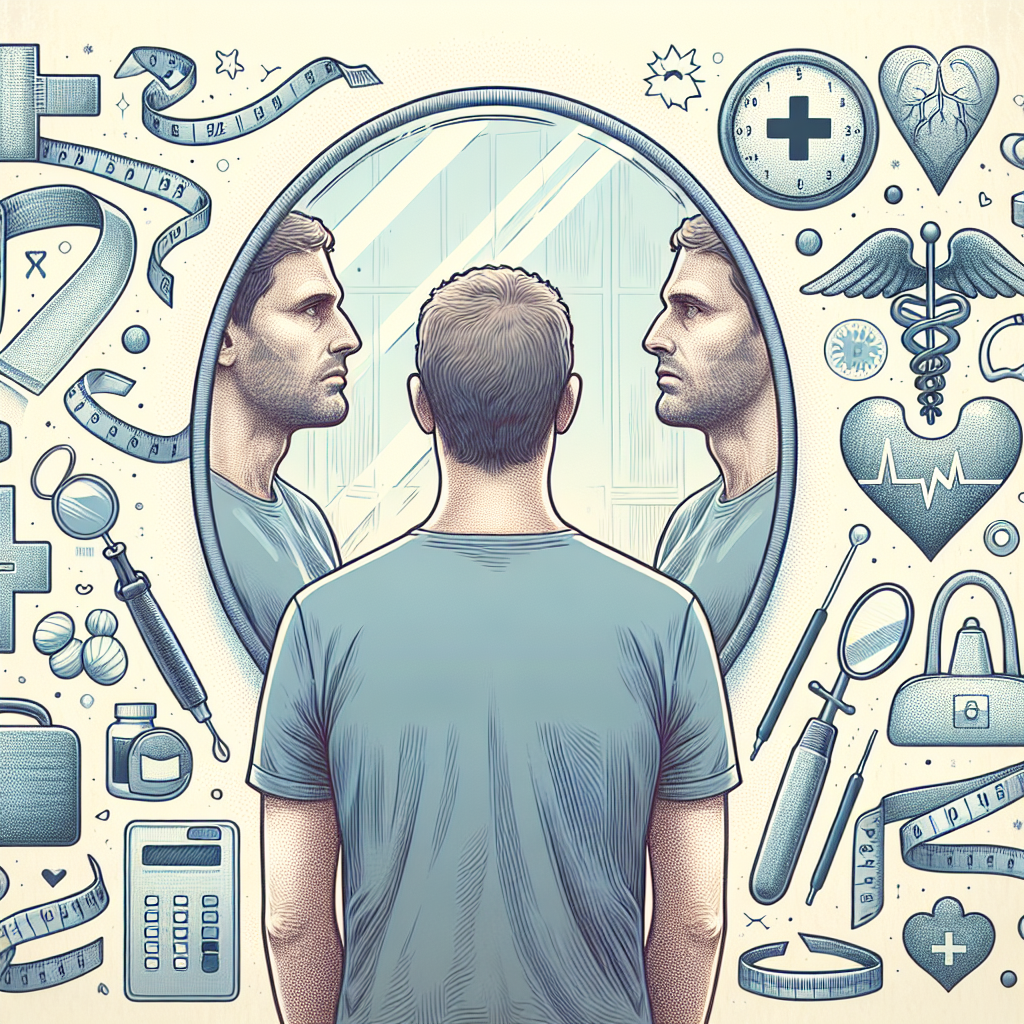Beyond Antibiotics: How STD Treatment Protocols Are Evolving in 2025
Antibiotics revolutionized sexually transmitted disease (STD) treatment in the 20th century, significantly reducing infection-related deaths. But as we navigate through 2025, it’s evident that relying solely on antibiotics is no longer a sustainable approach to STD care. According to the World Health Organization, antimicrobial resistance (AMR) contributes to over 1.27 million global deaths annually — and STDs are becoming a larger part of this alarming trend.
This year marks a turning point in STD treatment, moving toward innovative, multifaceted approaches that go beyond traditional antibiotics. From precision diagnostics and immunotherapy to microbiome modulation and telemedicine, a new era in sexual healthcare is taking shape.
Explore how these advancements are reshaping the future of STD treatment.
The Growing Threat of Antimicrobial Resistance
Antimicrobial resistance is not a future issue — it is a current crisis. “We’ve reached a critical crossroads where some cases of drug-resistant gonorrhea are virtually untreatable with current antibiotic regimens,” warns Dr. Lisa Marshall, infectious disease specialist at Johns Hopkins University.
The Centers for Disease Control and Prevention (CDC) has labeled gonorrhea an “urgent” threat. Nearly 50% of samples collected in 2023 displayed decreased sensitivity to ceftriaxone — one of the last-resort antibiotics still effective against the infection.
To combat this, 2025 healthcare providers are adopting a multilayered response, which includes:
– Improved diagnostic techniques
– Reduced antibiotic overuse
– Integration of non-antibiotic treatments
This strategic shift toward alternative STD therapies is no longer optional — it’s essential.
Breakthroughs in Precision Diagnostics
Precision medicine is rapidly transforming STD testing. One groundbreaking development is point-of-care testing with built-in antimicrobial resistance profiling. Devices such as the GeneXpress Rapid Screen deliver results in under 30 minutes, identifying both the presence of infection and its resistance pattern.
For instance, a patient showing symptoms of chlamydia can now receive a personalized diagnosis during their initial visit. This enables clinicians to provide specific treatments with fewer side effects instead of prescribing broad-spectrum antibiotics prescriptively.
This approach is especially impactful in remote and underserved areas where access to follow-up care is limited. A 2024 study in the Journal of Infectious Diseases reported a 42% decrease in unnecessary antibiotic use thanks to such targeted testing methods.
Immunotherapy and STD Vaccines Gain Momentum
Immunotherapy is quickly gaining traction in STD prevention and management. According to the National Institutes of Health, more than five gonorrhea vaccines are in advanced clinical trials, with the potential to provide the first-ever vaccine protection against this persistent infection.
Additionally, therapeutic vaccines for viral STDs — such as HPV and genital herpes — are being explored to help reduce viral loads and manage symptoms without relying on antibiotics.
“Vaccines will not replace treatments,” says Dr. Miguel Ananda of the Global Immunization Institute. “However, they are reshaping how we approach prevention and long-term care.”
Revival of Bacteriophage Therapy
As antibiotic resistance grows, researchers are revisiting bacteriophages — viruses that target and destroy specific bacteria. Bacteriophage therapy is emerging as a promising non-antibiotic solution for resistant STDs.
A recent clinical trial in the UK showed that phage therapy successfully treated 83% of patients with multi-drug resistant gonorrhea, with no adverse effects recorded. Unlike traditional antibiotics, bacteriophages can evolve alongside bacteria, making them highly adaptable and sustainable.
Patients seeking reliable information about phage alternatives can visit reputable online pharmacies such as eDrugstore.com for educational resources and expert guidance.
Probiotic Approaches to STD Management
The human microbiome plays a key role in sexual health. Imbalances in vaginal microbiota — or vaginal dysbiosis — have been linked to higher risks of HIV, chlamydia, and recurring bacterial vaginosis (BV).
In response, 2025 sees the rise of probiotic therapies specially designed for recurring STD-related infections. Vaginal suppositories containing Lactobacillus crispatus help restore natural defenses, while microbiota transplants are undergoing trials for their ability to prevent recurrent infections.
A 2025 study published in The Lancet noted that 70% of women with treatment-resistant BV experienced complete symptom remission within three months of probiotic use.
Personalized Treatment Plans Using AI
STD treatment is becoming more personalized than ever before. AI-powered tools embedded within electronic health records now help clinicians craft individualized care plans tailored to a patient’s infection history, genetic makeup, and behavioral factors.
For example, someone who suffers from recurrent syphilis can now be offered a comprehensive treatment plan that includes resistance-specific medications, targeted counseling, and even location-specific public health resources.
Hospitals that have implemented AI-supported decision-making saw a 28% reduction in reinfection rates during the first year, according to findings in the AMA Journal from 2025.
Telehealth Expands Access and Reduces Stigma
The digital health revolution has broken down barriers in STD prevention and treatment. Telehealth services and at-home testing kits now enable patients to collect samples privately and consult with healthcare providers from the comfort of home.
Apps like SymptomTrack+ utilize artificial intelligence to assess symptoms and connect users with medical professionals for timely diagnosis and prescription services. Medications can then be shipped directly to patients from authorized pharmacies, reducing delays and increasing discretion.
This mode of care is especially impactful in rural areas with limited medical facilities. According to the Kaiser Family Foundation, telehealth increased STD test usage by 35% among rural communities between 2022 and 2024.
Prevention and Public Health Are Taking Center Stage
In 2025, the greatest strides in STD care may come not from treatment, but from prevention. Public health systems are integrating real-time disease tracking, enhancing sex education, and improving access to pre-exposure prophylaxis (PrEP) for HIV and vaccines for HPV and Hepatitis B.
Anonymous digital contact tracing tools are also making it easier to alert past or current partners, reducing transmission without awkward confrontations.
“Treatment is no longer the first line of defense,” notes Dr. Rachel Kim from the WHO’s Global Task Force on STDs. “In 2025, it’s prevention that leads the way.”
A New Era in STD Care
The transformation of STD care in 2025 is more than a shift — it’s a comprehensive overhaul. Advancements in diagnostics, non-antibiotic therapies, AI-led personalization, and public health coordination are reshaping how infections are prevented, identified, and treated.
As we move beyond antibiotics, the future of sexual health is becoming smarter, more personalized, and more inclusive — with lasting benefits for individuals and communities.
Stay Informed and Empower Your Health
Want to keep up with the newest developments in STD prevention, vaccines, and personalized treatments? Subscribe to our blog for expert insights, updates, and practical tips designed to help you stay one step ahead.
References
– World Health Organization. (2024). Antimicrobial Resistance. https://www.who.int/news-room/fact-sheets/detail/antimicrobial-resistance
– Centers for Disease Control and Prevention. (2024). Gonorrhea Treatment and Resistance Statistics. https://www.cdc.gov/std/gonorrhea
– The Lancet. (2025). Efficacy of Probiotic Interventions in Bacterial Vaginosis: A Multicenter Trial.
– Journal of Infectious Diseases. (2024). Impact of Point-of-Care Diagnostics on STI Treatment Accuracy.
– American Medical Association Journal. (2025). Outcomes of AI-Powered STD Risk Prediction Models in EHRs.
– Kaiser Family Foundation. (2024). Telehealth Access and STD Screening in Underserved Populations.
– National Institutes of Health. (2024). Updates on Gonorrhea Vaccine Trials and Immunotherapy Approaches.











